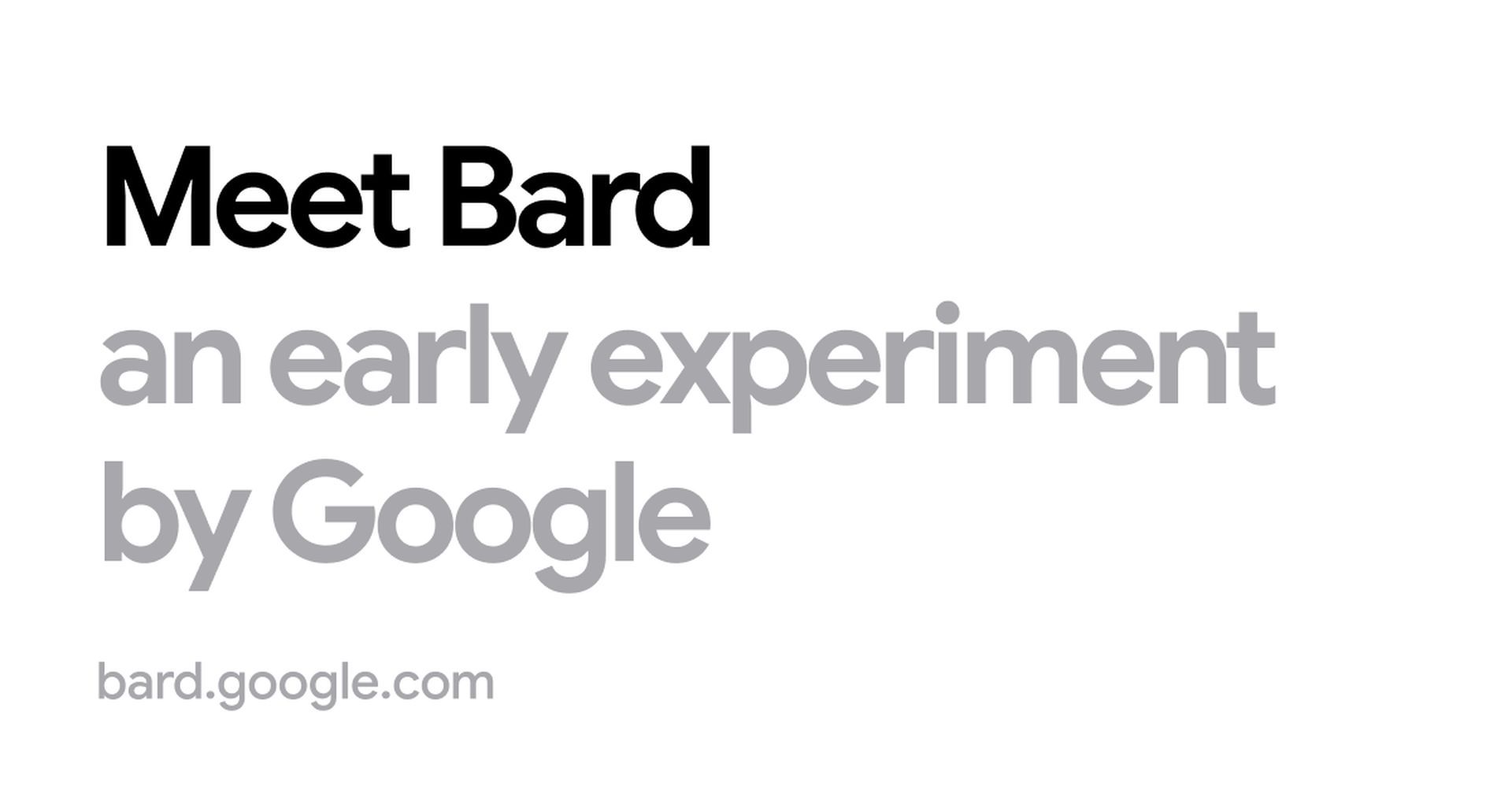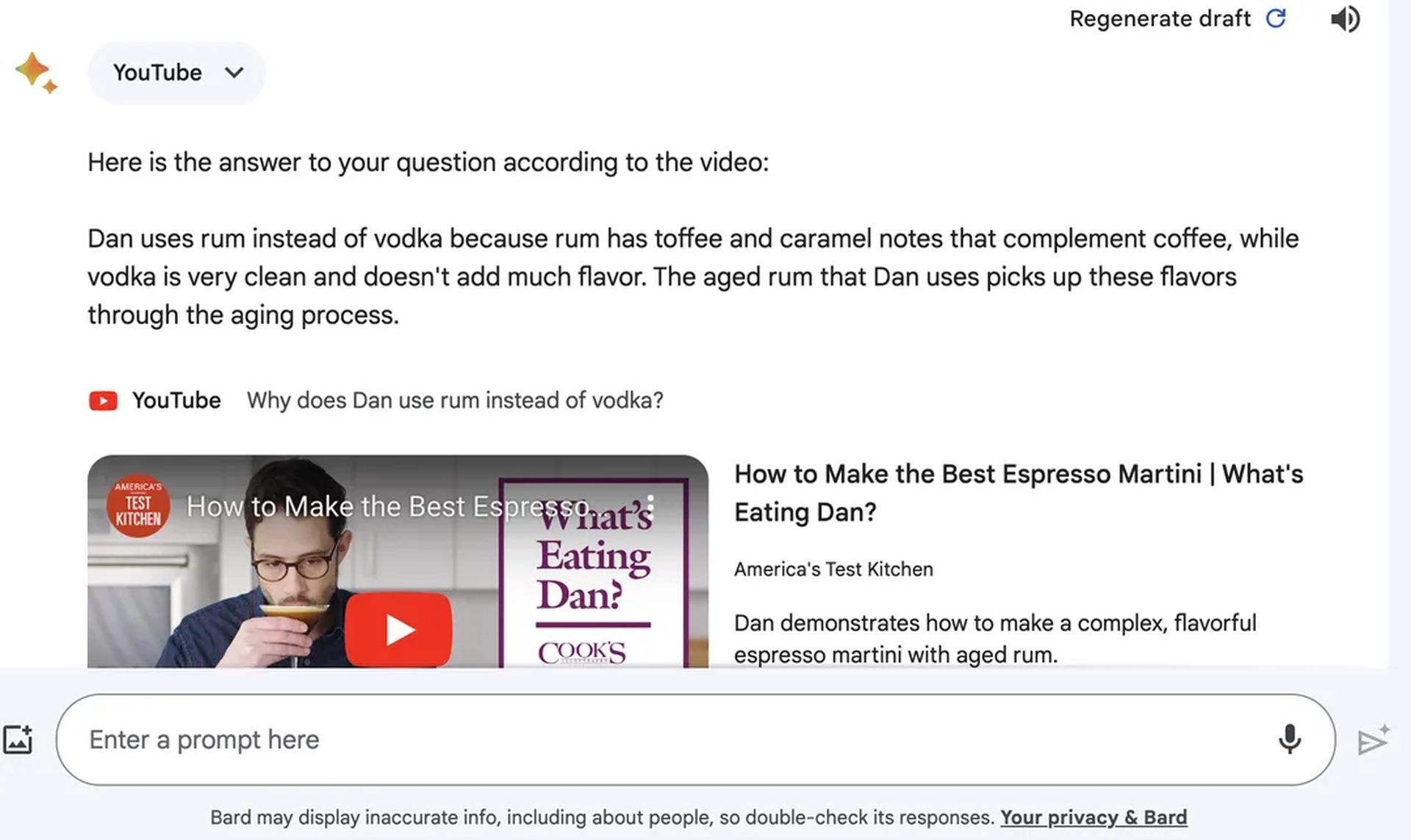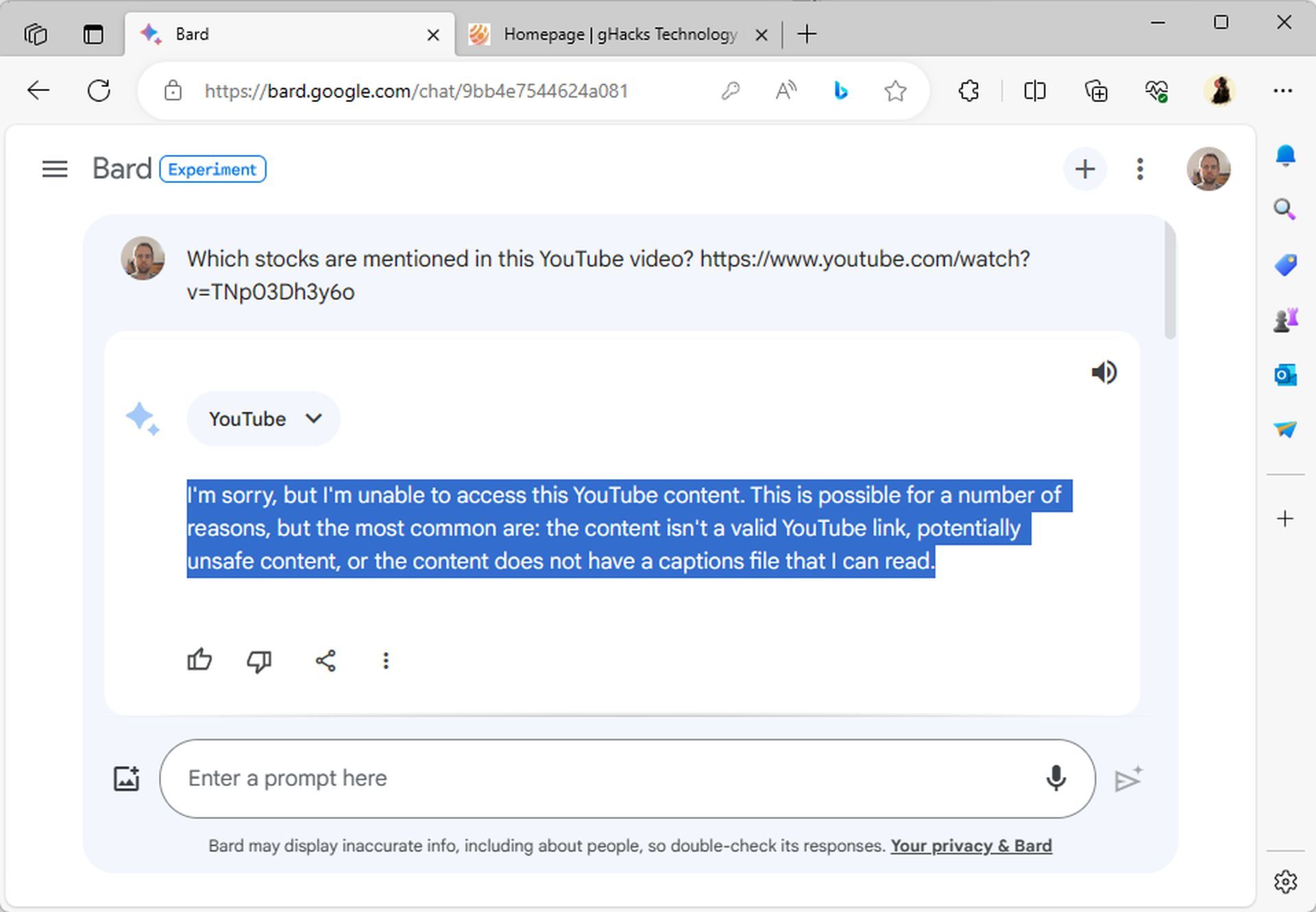Google’s chatbot, Bard, is rewriting the rules of YouTube engagement. With its latest integration, the Bard YouTube extension, the AI chatbot dissects videos for specific details, offering users a prompt-driven, tailored experience. Imagine bypassing the play button to get instant insights.
Alright, let’s break it down. Is it gonna be a game-changer? Well, that depends. If you’re just watching videos, this thing could be your time-saving superhero. But, and it’s a big one, if you’re making those videos, it might just be your worst nightmare, and here is why.

Bard YouTube extension explained
The Bard YouTube extension represents a significant advancement in artificial intelligence, specifically in the form of a chatbot developed by Google. Bard has been steadily evolving to become more versatile and useful. The recent update focuses on integrating Bard with YouTube, offering users the ability to extract specific information from individual videos without having to watch the entire content. Here are the key features of the Bard YouTube extension:
- Advanced query handling: Bard can now handle complex queries related to specific video content. This includes the ability to analyze details such as recipe quantities and instruction summaries.
- Content summarization: The standout feature of Bard’s YouTube extension is its capability to summarize key points from videos. This includes extracting information like ingredients and measurements, and providing users with a quick overview without the need to watch the entire video.
- User-friendly interaction: Users can interact with Bard through prompts, making it an intuitive and user-friendly experience. By typing a few prompts related to the desired information, users can access specific details without navigating through the entire video.
- Opt-in Labs experience: As of now, the YouTube integration is an opt-in Labs experience. Users can choose to explore and utilize this feature, though it may require some experimentation and strategic prompts to get the desired information.
To illustrate the functionality, an example was provided where Bard was tested on a YouTube video from America’s Test Kitchen by Verge, known for its recipe content. In this case, the user queried Bard about the recipe for an Espresso Martini. Bard successfully extracted and presented accurate information, including ingredients and step-by-step instructions.

However, the scenario changes if the desired YouTube video lacks captions. Google Bard’s process of retrieving information from the Experiments updates page remains unexplained by Google. You might encounter insights into this when querying Bard about a video from which it cannot retrieve data. In such cases, Bard cites the absence of closed captions as a potential reason.
According to a Ghacks report, when faced with this issue, Bard responds, stating, “I’m sorry, but I’m unable to access this YouTube content. This is possible for a number of reasons, but the most common are: the content isn’t a valid YouTube link, potentially unsafe content, or the content does not have a captions file that I can read.”

In essence, if there’s no captions file, Bard is unable to provide answers regarding the video. It remains unclear why automatic captions aren’t utilized, especially considering that YouTube supports this feature.
What if Bard extensions not showing, including YouTube
If you can see Bard extensions yet, like us, unfortunately, there could be a few reasons:
- Extensions are not available to all Google accounts: Currently, extensions are only available to personal Google accounts. Google Workspace accounts for schools, businesses, or other organizations do not have access to extensions.
- Extensions may not be turned on: To check if extensions are turned on, go to bard.google.com and click on the puzzle piece icon in the top right corner. If extensions are turned off, you will see a toggle that you can use to turn them on. If you can’t see the icon at all, this means Bard extensions are not rolled out in your area.
- There may be a bug with your browser or device: If you have tried all of the above and you still can’t see extensions, you may want to try using a different browser or device. You can also try clearing your browser’s cache and cookies.
- Extensions are currently not available for certain Google Workspace apps: Some Google Workspace apps, such as Docs, Sheets, and Slides, do not yet have extensions available. Extensions are only available for a limited number of Google Workspace apps at this time.
If you have tried all of the above and you still can’t see extensions, you can contact Google support for help.
Potential concerns about the Bard YouTube extension
Why does every shiny new AI tool feel like it’s tossing more challenges at content creators? While the Bard YouTube extension enhances user convenience, it also raises concerns, especially for content creators. In the example provided, the YouTube video in question belonged to America’s Test Kitchen, a brand that often places full recipes behind paywalls on its website. Bard’s ability to provide the entire recipe without the need to watch the video could potentially impact the traditional engagement process, including ad views and exploration of recommended content.

Here are the potential challenges and concerns for YouTubers about Challenges and Concerns for YouTubers:
- Monetization impact: One of the significant concerns is the potential impact on monetization. If users can extract detailed information without watching ads or engaging with the full video, it could affect a YouTuber’s ad revenue and overall monetization strategy.
- Reduced watch time: YouTube’s algorithm heavily considers watch time for recommending videos. If users are using Bard to get quick answers without watching the entire video, it could lead to a reduction in overall watch time, affecting a creator’s visibility on the platform.
- Content value and paywalls: Creators who use paywalls for exclusive content or recipes might face challenges. If Bard can extract and present information that is typically behind a paywall, creators might see a decline in the value of such content.
- Algorithmic impact: YouTube’s recommendation algorithm relies on user behavior. If users are using Bard to skip through videos quickly, it could impact how videos are recommended, potentially affecting a creator’s ability to reach a broader audience.
Future implications
As of now, the feature is part of an opt-in Labs experience, and its impact on content creators might be limited. However, the potential impact on content creators and the broader implications for the future of AI in content consumption raise questions that the industry, including Google, is yet to fully address.
Featured image credit: Christian Wiediger/Unsplash





